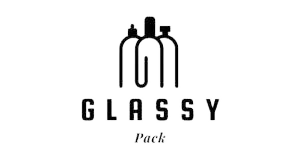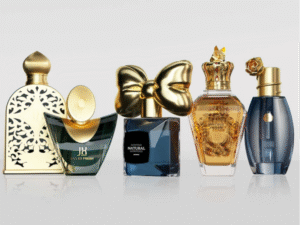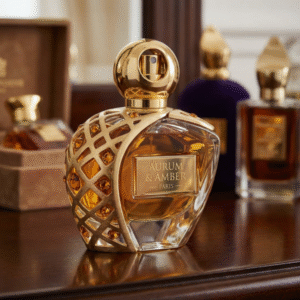Table of Contents
Conclusion Upfront: The current landscape of fragrance bottle design is dominated by a powerful convergence of Sustainability, Artistic Expression, and Digital-Native Minimalism. For brands and importers, understanding these trends—particularly the shift toward recycled glass (PCR) and refillable systems—is crucial for capturing market share in the rapidly growing global perfume packaging market, which is projected to reach USD 5.95 billion by 2032. As a glass manufacturer, we see these trends directly impacting mold design and material sourcing.
What are the key trends shaping modern fragrance bottle design?
The key trends shaping modern fragrance bottle design are a strategic response to evolving consumer values, technological advancements in glass manufacturing, and the need for stronger brand storytelling. The most significant shift is the industry-wide embrace of sustainable packaging solutions, driven by consumer demand for eco-conscious luxury. This is closely followed by a return to highly sculptural, collectible designs that serve as physical art pieces, and a simultaneous rise in geometric minimalism that appeals to a clean, modern aesthetic. These three pillars—Sustainability, Sculpture, and Simplicity—define the modern luxury fragrance market, presenting new challenges and opportunities for glass manufacturers.
1. Sustainability Meets Innovation: The Rise of Eco-Conscious Luxury

Image: A sleek, refillable glass bottle emphasizing recycled glass texture and a natural wood cap, illustrating the Sustainability trend.
2. Artistic and Sculptural Bottles: Luxury as Collectible Art
3. Geometric Minimalism: The Appeal of Clean Lines

Image: A clean, square, heavy-based glass perfume bottle with a simple metal cap, representing the Geometric Minimalism trend.
4. The Influence of Design on Global Purchasing Decisions
Global Perfume Packaging Market Growth Forecast
Metric | Value (2024) | Projected Value (2032) | Compound Annual Growth Rate (CAGR) |
Global Market Value | USD 3.51 Billion | USD 5.95 Billion | 6.93% |
Dominant Region | Europe | – | – |
Video Insight: The Art of the Bottle
Video: 21 Most Striking Perfume Bottles (Source: YouTube)

Image: A highly complex, diamond-shaped sculptural glass perfume bottle with intricate facets, showcasing the Artistic trend.



